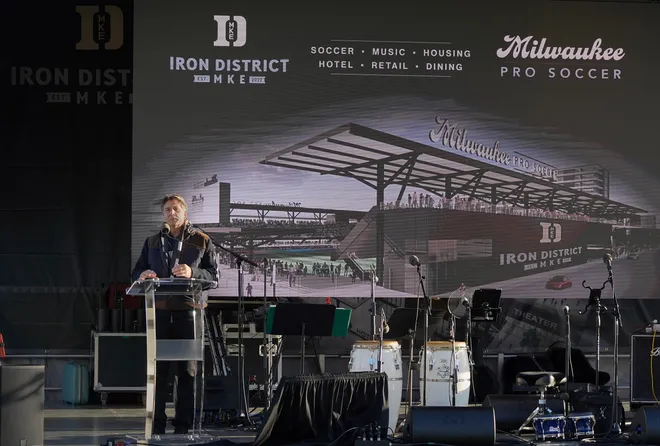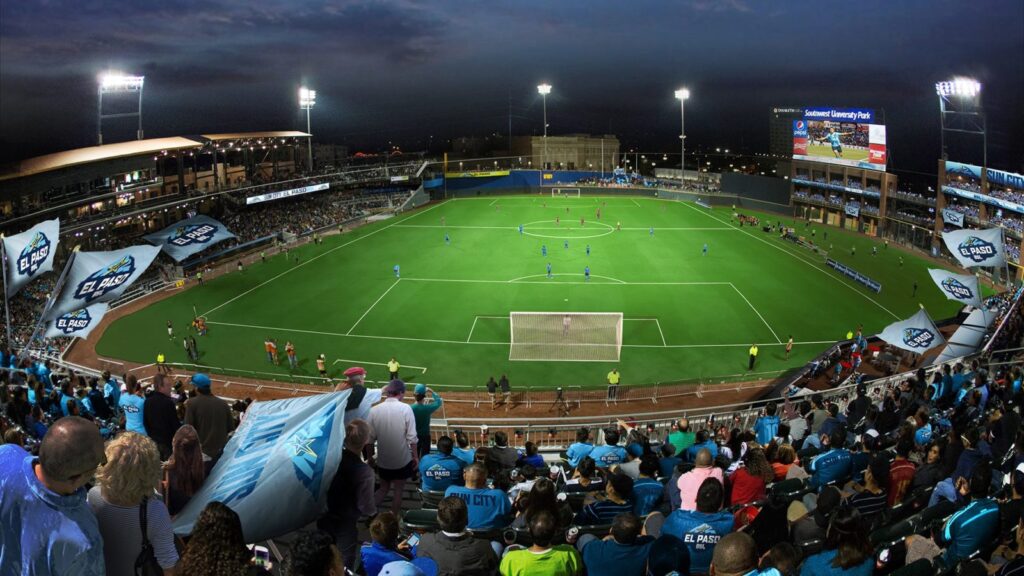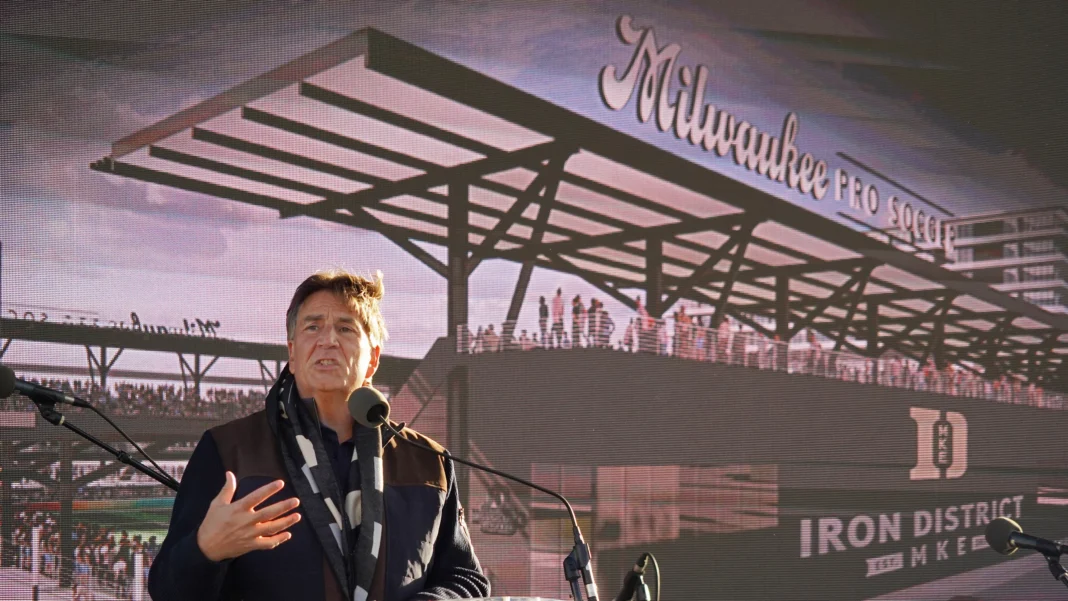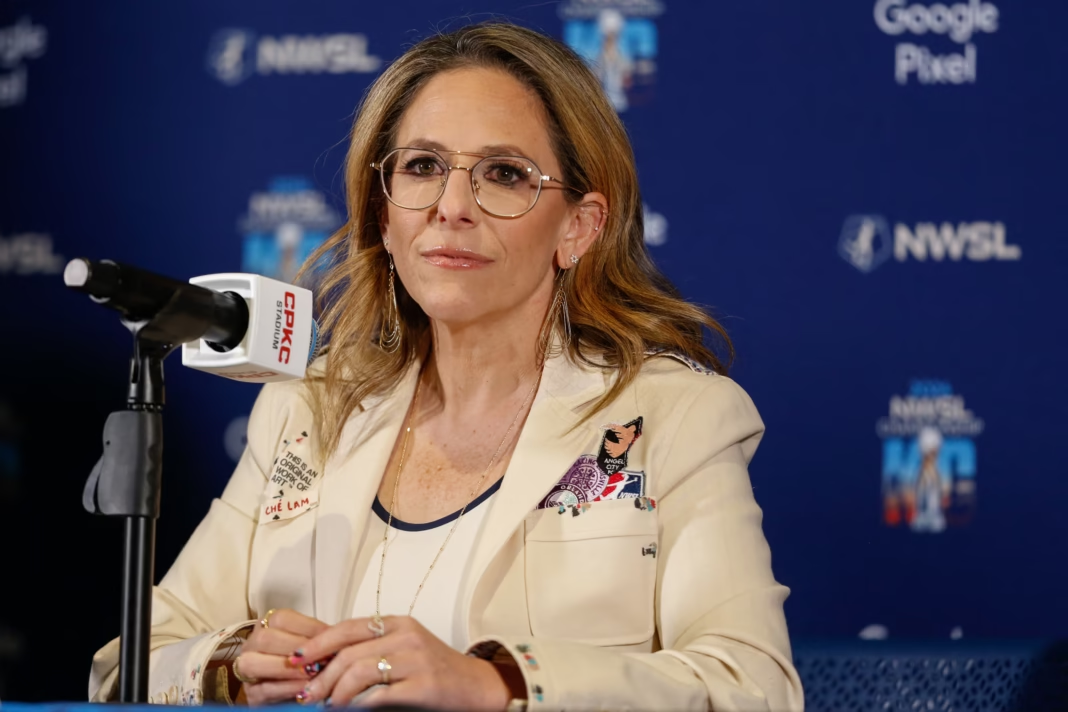Introduction: A Delay That Could Shake the League
The USL Stadium Delay in Milwaukee has emerged as a potential flashpoint in the growing narrative of U.S. soccer expansion. Initially hailed as a beacon of soccer ambition in the Midwest, the Milwaukee USL Stadium Delay now threatens to stall the league’s carefully constructed growth strategy.

With construction at a standstill and timelines slipping, this situation exemplifies how soccer stadium delays aren’t just about bricks and steel—they signal cracks in confidence, questions around feasibility, and lost time in an industry racing against MLS and international leagues. How deep could the damage go? Let’s explore the five ways this stadium saga could throw off the trajectory of U.S. soccer’s second tier.
1. A Blow to USL Championship Expansion Momentum
The USL Championship expansion strategy depends heavily on smart city rollouts backed by robust local support and infrastructure. Milwaukee was selected not just for its market potential, but for its strategic importance—a northern city with strong sports culture and untapped soccer passion.
The USL stadium delay in Milwaukee throws this plan off course. Other markets watching Milwaukee’s progress—such as those earmarked among USL expansion cities 2026—may now question the league’s execution capabilities. A flagship launch stalling this early can generate a domino effect, where investor hesitancy and municipal delays spread across the map. Momentum matters in expansion, and Milwaukee’s halt risks draining that energy.
2. Stadium Construction Issues Cast Doubt on Future Projects
At the heart of the USL Stadium Delay are complex stadium construction issues that include zoning disputes, infrastructure funding shortfalls, and prolonged permitting processes. These aren’t isolated problems—they’re part of a broader challenge faced by American lower league soccer in trying to build sustainable, soccer-specific venues in diverse U.S. cities.

For the Milwaukee soccer team, this delay threatens long-term viability. Without a stadium, there’s no foundation for team operations, no home for fans, and no certainty for youth development programs. When such delays happen, it ripples across USL planning offices and boardrooms, where the league must now re-justify the risk of expansion to skeptical partners and city officials.
This uncertainty dims the shine of expansion. Cities that once saw opportunity now see warning signs.
3. Missed Opportunities for Rising Soccer Talent
The impact of a USL Stadium Delay isn’t just financial—it hits the pitch, too. Milwaukee was poised to be a new hub for young athletes in the Midwest. A functioning USL club provides tryouts, coaching access, youth tournaments, and exposure to national scouts. The absence of a stadium means the Milwaukee soccer team update reads more like a dream deferred than a development pipeline.
Across the U.S., the USL system acts as a vital bridge between grassroots clubs and the pro game. But with the USL stadium delay Milwaukee facing indefinite setbacks, dozens—if not hundreds—of aspiring players now face missed windows for advancement.
From underserved communities to local school districts, this delay sidelines far more than construction crews. It blocks opportunity itself.
4. Economic Fallout from a Stalled USL Stadium Project
Behind every USL Stadium Delay, including the project stalled in Milwaukee, there’s a community of businesses, investors, and fans who once rallied behind a shared vision. Restaurants geared up for game-day surges, sponsors committed to brand visibility, and local media scheduled coverage. Now, uncertainty replaces optimism.
In Milwaukee, this USL Stadium Delay threatens to dismantle projected economic returns made just two years ago. Without ticket sales, merchandise revenue, or matchday energy, the entire business model begins to collapse. Sponsorship agreements dissolve, local trust declines, and community support wanes.
By contrast, cities like Louisville and Sacramento met deadlines, launched smoothly, and reaped the benefits. Milwaukee’s prolonged USL Stadium Delay now risks becoming a national example of how poor infrastructure timing can derail even the most promising expansion plans.
5. A Roadblock in the Journey Toward U.S. Soccer Growth
On the national level, the Milwaukee USL Stadium Delay puts a spotlight on the fragility of soccer’s lower-league infrastructure. The entire framework of U.S. soccer expansion—especially in the USL system—relies on seamless growth from city to city. One weak link can distort the narrative and slow overall league momentum.

Other USL expansion cities 2026, from Des Moines to Boise, may now face tougher questions from city councils, developers, and even fans. Can the USL promise success, or does Milwaukee signal hidden risks?
Delays erode confidence. And in a crowded American sports landscape, second chances rarely come easy.
Conclusion: Will Milwaukee Bounce Back in Time?
The consequences of the USL Stadium Delay in Milwaukee are numerous: stalled expansion, construction setbacks, lost player development, diminished investor trust, and a chilling effect on U.S. soccer expansion at large.
This isn’t just about a stadium—it’s about a league trying to evolve in real time. Can Milwaukee rebound and reclaim its place in USL’s growth narrative? Or will this become a lesson in what happens when infrastructure and ambition misalign?
For now, the story isn’t over—but time is running out.







